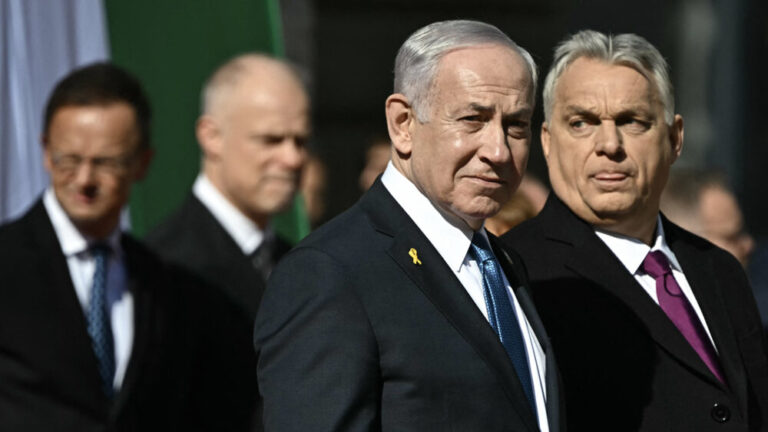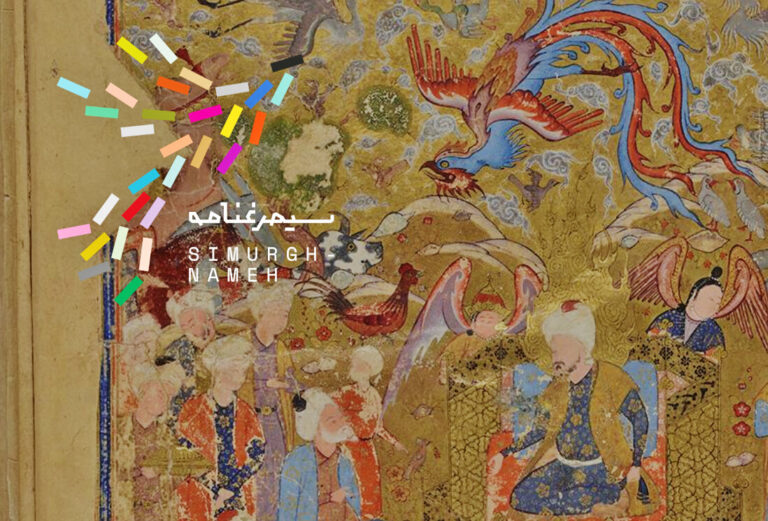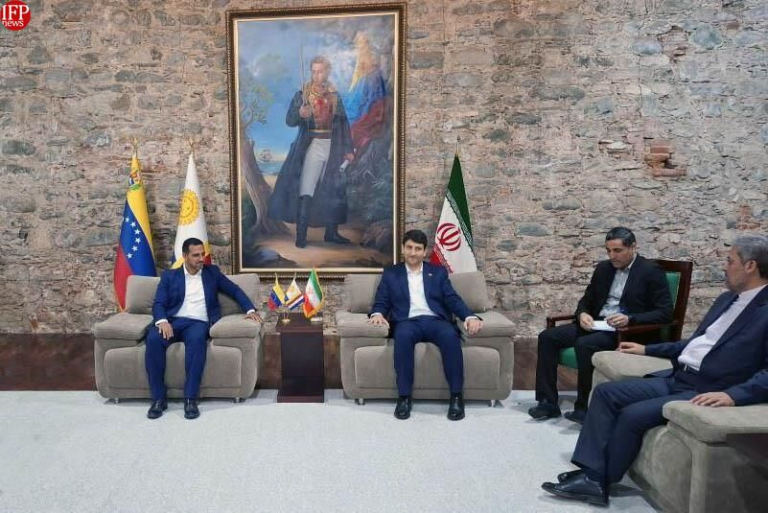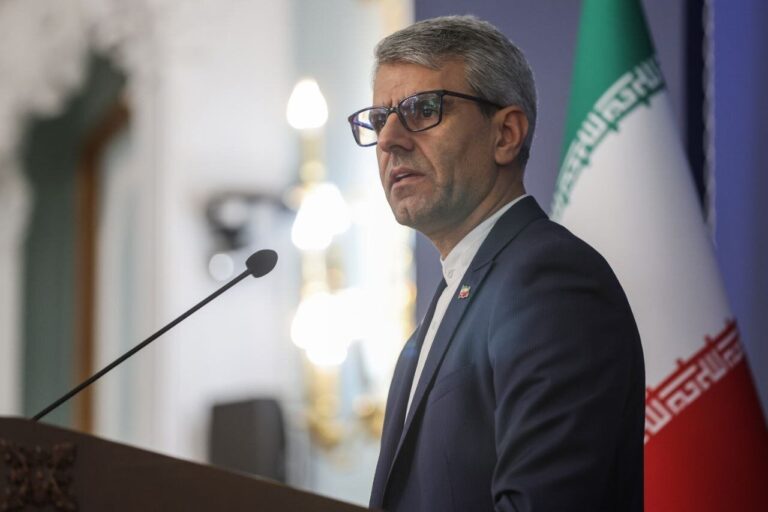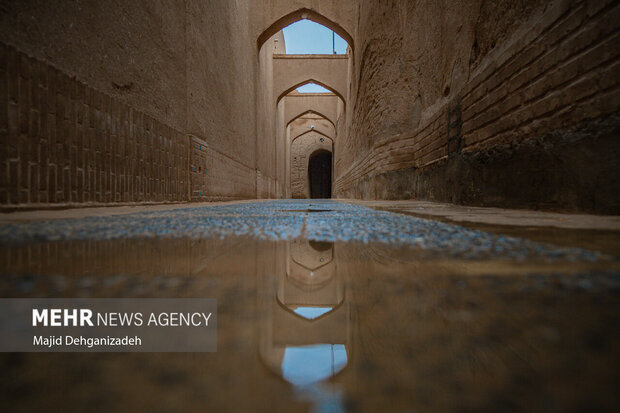Iran and Uzbekistan Forge Stronger Ties: Expanding Cooperation in the Thriving Tourism Sector
In a significant move to enhance tourism cooperation, senior officials from Iran and Uzbekistan have engaged in discussions to leverage their rich cultural and civilizational heritage. This collaboration aims to increase tourism exchanges and promote the shared history between the two nations.
Iran’s Minister of Cultural Heritage, Tourism, and Handicrafts, Seyyed Reza Salehi-Amiri, met with Umid Shadiev, the Chairman of the Tourism Committee under Uzbekistan’s Ministry of Ecology, Environmental Protection, and Climate Change, as reported by Mehr on Saturday. The meeting focused on strategic plans to boost tourism and foster mutual investments.
During their discussions, the officials outlined several key initiatives to enhance their bilateral tourism relations, including:
- Joint Investment: Plans for investment in tourism infrastructure and initiatives to increase visitor numbers.
- Cultural Events: Organization of cultural festivals and exhibitions that highlight the rich heritage of both countries.
- Promotional Efforts: Enhanced marketing strategies involving media, tour operators, and influencers to attract tourists.
Salehi-Amiri emphasized the profound historical connections between Iran and Uzbekistan, stating that their relationship transcends conventional diplomacy. He urged that this partnership should be redefined based on their shared civilizational values. Despite millions of Iranians traveling abroad annually, he noted that Uzbekistan remains an underexplored destination, attributing this to a lack of promotion regarding both tangible and intangible heritage.
Reflecting on his visits to notable cities like Samarkand and Bukhara, Salehi-Amiri expressed the cultural affinity Iranians have for Uzbekistan’s architecture and visual culture. He highlighted the need to promote cultural tourism as a vital means of rejuvenating their shared historical memory.
To strengthen tourism ties further, Salehi-Amiri proposed three pivotal strategies:
- Signing a comprehensive memorandum of understanding, which has already been drafted and submitted for consideration to Uzbekistan.
- Enhancing tourism promotion through collaborative media efforts, tour operators, and cultural influencers.
- Organizing joint events and exhibitions in historic cities, including Tehran, Samarkand, Bukhara, Isfahan, and Shiraz.
In his remarks, Salehi-Amiri also expressed Iran’s readiness to host a joint investment forum focusing on the tourism sector. He highlighted that Iran has laid the necessary groundwork to double its tourism capacity and is eager to elevate cooperation to a strategic level.
Umid Shadiev positively received Iran’s collaborative approach, expressing his support for a comprehensive tourism agreement. He described this initiative as the dawn of a new chapter in their cultural relations. Reflecting on his visit to Iran, Shadiev mentioned feeling a reconnection with his cultural identity, emphasizing the deep and authentic links between the two nations.
Shadiev also commended the Tehran International Tourism Exhibition, noting its professionalism and public engagement. Although he was unable to attend this year due to scheduling conflicts, he reaffirmed Uzbekistan’s commitment to actively participate in future editions of the event.
Additionally, Shadiev proposed establishing scientific collaboration between Uzbekistan’s Silk Road University and Iran’s Research Institute of Cultural Heritage and Tourism. This partnership would focus on joint efforts in restoration, archaeology, and specialized training.
Iran is poised to capitalize on its wealth of tourist attractions, which include centuries-old bazaars, museums, mosques, gardens, bridges, bathhouses, madrasas, mausoleums, churches, tomb-towers, and mansions. Notably, 28 of these sites are inscribed on the UNESCO World Heritage list, showcasing the country’s rich cultural tapestry and historical significance.
As both nations work towards enhancing their tourism sectors, the emphasis on cultural ties and shared heritage will undoubtedly pave the way for increased collaboration and mutual growth in the tourism industry.

